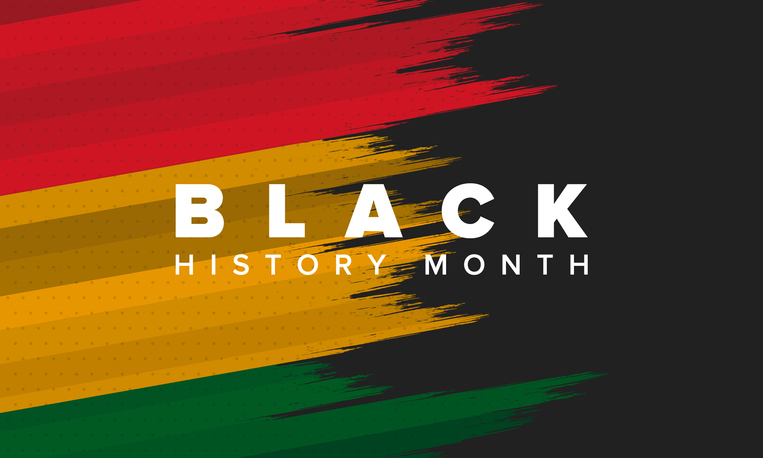
Black History Month is a time to celebrate the Black community and learn about its history – throughout the month of February, it’s especially important to bring this celebration into the classroom by teaching students Black history, and this collection of Black History Month activities can help you do so.
By integrating explorations of American history through the perspectives of Black Americans and discussions about racial bias and privilege into your curriculum, you can help your students learn about and commemorate influential Black figures throughout history and trace movements for racial equality to the present day.
These Black History Month activities include worksheets, research opportunities, and projects that explore Black American history, all while integrating core skills that you’re already teaching, such as reading comprehension and critical thinking.
Plus, check out our new collection of poems to celebrate Black History Month and our list of books by Black authors for each grade level to boost your students’ ELA skills even more!
Black History Month Activities for Elementary School
The following Black History Month activities for kids allow younger students to learn about Black history while staying engaged and exploring their creativity.
1. Biography in a Bag Project
This assignment is simple yet engaging, giving students an opportunity to do their own independent research while integrating their own creativity. It’s a great way to start teaching kids Black history!
Following the assignment prompt, students are assigned a notable individual in Black history who they then research. Their final project is to decorate a paper bag with imagery and information about that individual and fill the bag with items of importance to that individual’s life. Students then present their projects, allowing them to demonstrate their creativity, resourcefulness, and (most importantly) their newfound knowledge of this influential figure.
You can adjust this project to include prominent Black figures throughout history, including individuals in the arts and/or sciences, or important figures in a specific time period, such as before/during/after the Civil War or civil rights activists from the early-to-mid 20th century. In doing so, you can tailor the assignment to whatever curriculum you have already been teaching.
Created and made available for free download by Neeti Gregg.
2. Black Heroes Coloring & Information Pages
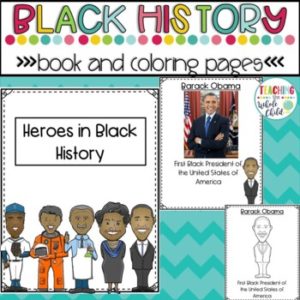 A way to integrate Black History Month ideas into your everyday lesson plans is to give students this chance to color with meaning on their break from instruction!
A way to integrate Black History Month ideas into your everyday lesson plans is to give students this chance to color with meaning on their break from instruction!
Another creative activity, these coloring pages of significant figures in Black history are paired with information pages that can be handed out or distributed digitally. From civil rights activists to athletes and individuals in the arts, these figures contributed greatly to American history, sports, and entertainment and are monumental in Black history and representation.
Created and made available for free download by Teaching the Whole Child Store.
3. Black Women in History Coloring & Information Pages
A similar activity to the above is these coloring pages that showcase significant Black women throughout history – celebrating both Black History Month and International Women’s Month, this activity is perfect for the last few days of February or first few days of March.
This art style engages students in a different way than the above activity, and the information about each woman is embedded on the page, making the finished products from students perfect to hang up around the classroom.
Created and made available for free download by The Mindful Maestra.
4. Martin Luther King Jr. Activities
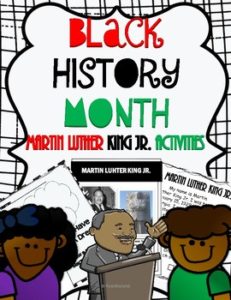 These Black History Month printable activities focus on one of the most prominent leaders of the civil rights movement, Dr. Martin Luther King Jr. Students will learn about the leader and his impact on American history and society by analyzing biographical texts about Martin Luther King Jr. and diving into his famous “I Have a Dream” speech, when they will draw conclusions based on the speech and use it as inspiration for their own dreams.
These Black History Month printable activities focus on one of the most prominent leaders of the civil rights movement, Dr. Martin Luther King Jr. Students will learn about the leader and his impact on American history and society by analyzing biographical texts about Martin Luther King Jr. and diving into his famous “I Have a Dream” speech, when they will draw conclusions based on the speech and use it as inspiration for their own dreams.
The activity also gives teachers an opportunity to let students write about another individual (of their choosing, or one they have been assigned) and form a biography page about them. The exercises allow students to practice their reading comprehension and writing skills while learning about civil rights activism.
Created and made available for free download by Ryan Monche.
Black History Month Activities for Middle and High School
Learning about Black history becomes more complex and comprehensive for students as they age into secondary education – the following Black History Month activities dive deeper into specific movements, individuals, and events, all while remaining engaging for students.
1. Black History Quotes Activity
Words can be incredibly powerful. In this activity, students are given an assortment of famous quotes from influential Black leaders, from activists to politicians to inventors, and tasked to analyze one of them – both for its structure and diction as well as its application in both the leader’s society and the society the student lives in today.
This activity lets students sharpen their reading comprehension and writing skills in understanding a quote itself, as well as their history and critical thinking skills in placing the quote into an American sociopolitical context.
Created and made available for free download by Teaching on Lemon Lane.
2. Black History Month Research Activities
These Black History Month activities are a collection of lesson plans that teachers can choose from to find what works best for their classroom! These activities dive deeper into specific issues the Black community has faced and currently faces, including environmental racism, representation, displacement, migration, and assimilation.
Each page focuses on a specific topic and comes with a lesson plan including a warm-up, lecture, resources, and two activities an instructor or students may choose from. Some pages focus on issues of race in Canada and can be modified to fit the US, or even a specific US state.
This activity is a great way to make a classroom’s education on and commemoration for Black History Month more intersectional and complex by introducing issues students may not have learned about before. It also contains several opportunities to enhance specific skills for students, such as reading comprehension, research, writing, creativity, and critical thinking skills.
Created and made available for free download by SJE with Saskteaches.
3. Musicians of the Civil Rights Movement
The arts have always been essential to any struggle for change, and the civil rights movement is no exception. This resource is a virtual music history exploration that highlights several musicians who had an impact on the civil rights movement. It emphasizes the importance of involvement in social change, especially for those that have influence on society and culture.
Each page dives into a musician’s background, music, connection to the civil rights movement, and legacy. After learning about these artists, students can be formed into groups and assigned to do a research project on one of the artists. Alternatively, students can use this resource as inspiration for a research project on a different musician with an impact on social change.
Created and made available for free download by Newman Music Academy.
Black History Month Reading Comprehension Questions by Piqosity
W.E.B. Du Bois is one of the most widely studied authors and civil rights activists of the late 19th and early 20th centuries. He was a founding member of the NAACP, and his writings discussed the experience of Black Americans during and after reconstruction, focusing heavily on education. He believed that Black children deserve an equal quality of education to White children, including a well-rounded liberal arts education.
The following excerpt is from one of his most well-known books, The Souls of Black Folk. The Piqosity team has written three reading comprehension questions about the excerpt, each more difficult than the last and covering a distinct subtopic, to quiz the ELA knowledge of students and introduce them to (or remind them of) an exceptional writer and brilliant mind in Black history.
Excerpt from The Souls of Black Folk by W.E.B. Du Bois
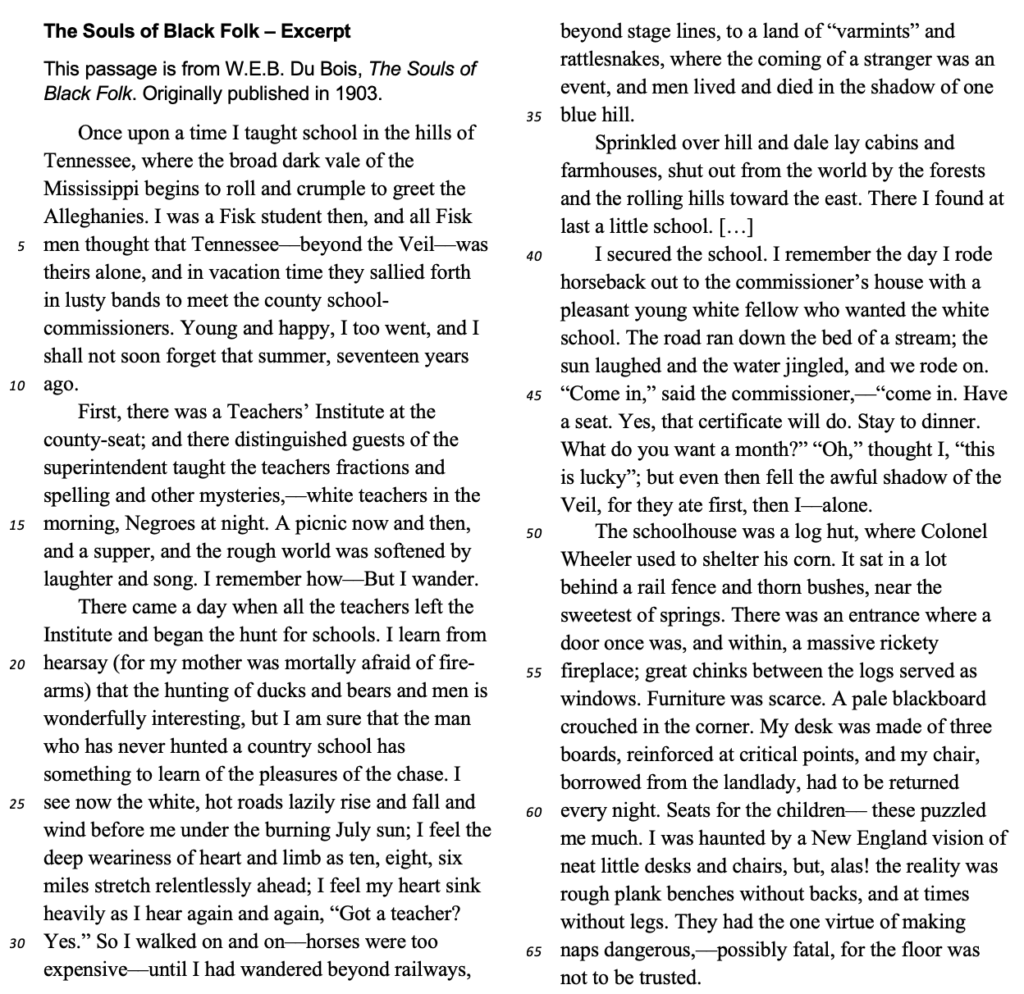
Reading Comprehension Questions
1. Which of the following types of figurative language does the author use most frequently in the passage?
A. Similes.
B. Metaphors.
C. Understatement.
D. Personification.
2. Based on the passage, which phenomenon did schools in the South not experience?
A. A shortage of teachers.
B. Segregation.
C. Inadequate Schoolhouses.
D. Education for teachers.
3. What does the “veil” symbolize?
A. The pathway to equitable opportunities for the speaker.
B. The division between White and Black Americans’ perspectives.
C. The laws that oppress Black Americans.
D. The differences between the North and the South.
Passage Answer Key and Explanations
1. D.
Personification is the correct answer choice – if you look at the figurative language used, there is only personification. This includes lines such as “…the white, hot roads lazily rise and fall and wind before me…” (lines 25-26) and “The road ran down the bed of a stream; the sun laughed and the water jingled…” (lines 43-44).
2. A.
“A shortage of teachers” is correct. The passage describes how the narrator struggled to find a teaching position everywhere he went for a long time – “There came a day when all the teachers left the Institute and began the hunt for schools… I feel my heart sink heavily as I hear again and again, ‘Got a teacher? Yes.’ So I walked on and on…” (lines 18-30). All of the schools already had teachers, so there was no shortage of them.
Further, the passage does show how schooling in this time and region contained the remaining answer choices. It was segregated, as the speaker travelled with another prospective teacher looking to teach at a “white school” (lines 42-43); teachers were educated, as the speaker went to the Teachers’ Institute (described in lines 11-15), which was also segregated; and the schoolhouses were inadequate, based on his descriptions in the last paragraph – “The schoolhouse was a log hut…furniture was scarce… my desk was made of three boards, reinforced at critical points… they had the one virtue of making naps dangerous, – possibly fatal, for the floor was not to be trusted,” (lines 50-66).
3. B.
To understand the role of the veil, reread each part of the text in which it is mentioned.
In lines 4-8: “I was a Fisk student then, and all Fisk men thought that Tennessee – beyond the Veil – was theirs alone, and in vacation time they sallied forth in lusty bands to meet the county school commissioners.”
In lines 45-49: “‘Come in’, said the commissioner, – ‘come in. Have a seat. Yes, that certificate will do. Stay to dinner. What do you want a month?’ ‘Oh,’ thought I, ‘this is lucky’; but even then fell the awful shadow of the Veil, for they ate first, then I – alone.”
This second instance gives the most context to understand the “veil”. In that quote, the narrator describes the way he finds an opportunity to teach from the school commissioner, who seems kind. Despite inviting the narrator to dinner, the commissioner eats first and makes him eat alone. The narrator writes that this exchange about eating triggered the Veil to fall.
We can infer from the fact that the commissioner eats first and makes the narrator eat alone that the commissioner looks down on him, despite giving him an opportunity to teach. This hints that the Veil is a concept that signals racial inequality.
This also demonstrates which answer choices are incorrect. “The pathway to equitable opportunities for the speaker.” is incorrect because the veil is described as “awful” and falls in a context when the narrator is disrespected. “The laws that oppress Black Americans.” is incorrect because the narrator faces no trouble with the law nor oppression due to a certain law in this passage. “The differences between the North and the South.” is also incorrect because this quote has nothing to do with the geo-social differences in the United States.
The correct answer choice is “The division between White and Black Americans’ perspectives.” The veil falls when the narrator realizes the commissioner (who you can infer based on the passage to be White) sees him as a lesser being, when he had to eat dinner alone after him, showing how his perspective changed when he saw the commissioner treat him unequally. The veil falling is a Black American realizing he is being treated unfairly because of a circumstance out of his control – race.
Find More ELA Resources Like These at Piqosity!
We hope you found these Black History Month activities insightful and resourceful for your classroom, both in their historical and sociopolitical significance and in the opportunities to sharpen key ELA skills for students.
Among Piqosity’s regular offerings, of particular relevance is our newest ELA course, designed for 11th Grade English Language Arts instruction. This course includes an entire unit focused on Frederick Douglass’ memoir, Narrative of the Life of Frederick Douglass, an American Slave. Teachers looking for a month-long text-based unit will find this perfect for their needs, as it includes unique questions on every chapter, as well as focused question sets on critical excerpts.
You can also find more (non-themed) ELA lessons with questions of similar difficulty levels to the above questions in our ELA courses! These are complete courses available online through our app and can be purchased separately or received for free when bundled with our ISEE test prep courses!
For your convenience, we have outlined lessons relevant to or at the same difficulty level as the above passages and accompanying questions. These can be found below.
Related ELA Lessons by Piqosity
Lessons related to question #1:
- ELA 5 – Figurative Language
- ELA 6 – Figurative Language
- ELA 8 – Figurative Language
- ELA 11 – Rhetorical Analysis
Lessons related to question #2:
- ELA 5 – Main Idea
- ELA 5 – Supporting Ideas
- ELA 6 – Main Idea
- ELA 6 – Supporting Ideas
- ELA 8 – Main Idea
- ELA 8 – Supporting Ideas
- ELA 11 – Main Idea
- ELA 11 – Supporting Ideas
Lessons related to question #3:


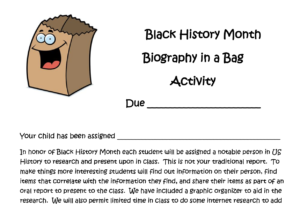
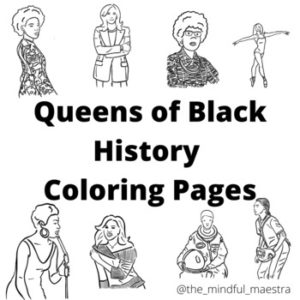
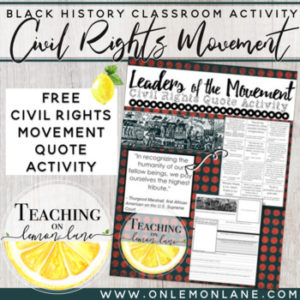
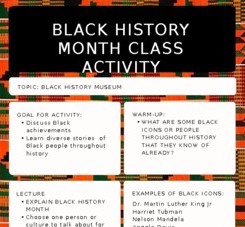
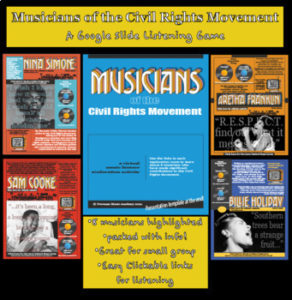

Leave A Comment